In the digital age, where information spreads at lightning speed, marketers are constantly on the lookout for innovative strategies to amplify their reach and maximize their impact. One such strategy that has gained significant attention in recent years is organic viral loops. This powerful mechanism allows businesses to leverage the power of word-of-mouth and social sharing to rapidly expand their reach and drive exponential growth.
| Key Element | Description | Tips for Optimization |
|---|---|---|
| Understanding the Concept | A marketing phenomenon where products or ideas spread rapidly through word-of-mouth and social sharing by users. | Educate your audience about the unique value of your product or service to foster organic sharing. |
| The Mechanics of Organic Viral Loops | Involves new users joining through referrals and social sharing, who then invite more users, creating a self-perpetuating cycle. | Implement referral programs and social sharing features that make it easy for users to spread the word. |
| Creating Successful Organic Viral Loops | Requires a compelling product, user incentives, and strategies that facilitate sharing and engagement. | Continuously improve the product based on user feedback and enhance incentive programs to maintain engagement. |
| Measuring Success | Success is measured using metrics like the K-Factor, referral conversion rates, and user engagement levels. | Regularly analyze these metrics to refine and optimize your viral loop strategy for better performance. |
| Overcoming Challenges | Challenges include initiating the loop, standing out among competitors, and maintaining the loop's sustainability. | Address these challenges by emphasizing unique value, leveraging high-quality referrals, and adapting strategies based on insights. |
Understanding the concept
Before delving into the mechanics of organic viral loops, it is crucial to have a clear understanding of what they actually entail.
In essence, they entail a self-perpetuating cycle, fueled by organic user participation, that leads to the rapid dissemination and adoption of a product or idea.
Organic viral loops are a fascinating phenomenon in the realm of marketing and growth strategies. They tap into the power of word-of-mouth marketing and leverage the interconnected nature of modern social networks to spread a message or product like wildfire.
By harnessing the enthusiasm and advocacy of users, companies can achieve exponential growth and brand awareness without the need for hefty advertising budgets.
Definition
💡🔁 An organic viral loop is a process where existing users of a product or service actively promote and share it with others, who in turn become new users and continue the cycle.
Unlike traditional marketing methods that rely on paid advertisements or endorsements, organic viral loops rely on the genuine enthusiasm and advocacy of users.
When users genuinely believe in a product or service, they are more likely to share it with their networks. This creates a ripple effect that can lead to widespread adoption.
Such organic growth is not only cost-effective but also tends to result in higher user retention rates, as recommendations from friends and family carry more weight than traditional advertising.
The mechanics of organic viral loops
The mechanics of organic viral loops can vary depending on the nature of the product or service, but they generally follow a similar pattern.

The process goes as follows:
- New users are acquired through organic means such as referrals, social sharing, or content virality.
- Once these new users join, they generate value for themselves and others by using the product.
- Due to network effects, they are then incentivized to invite their own contacts to join. This restarts the entire cycle.
Successful organic viral loops often incorporate different types of value promise.
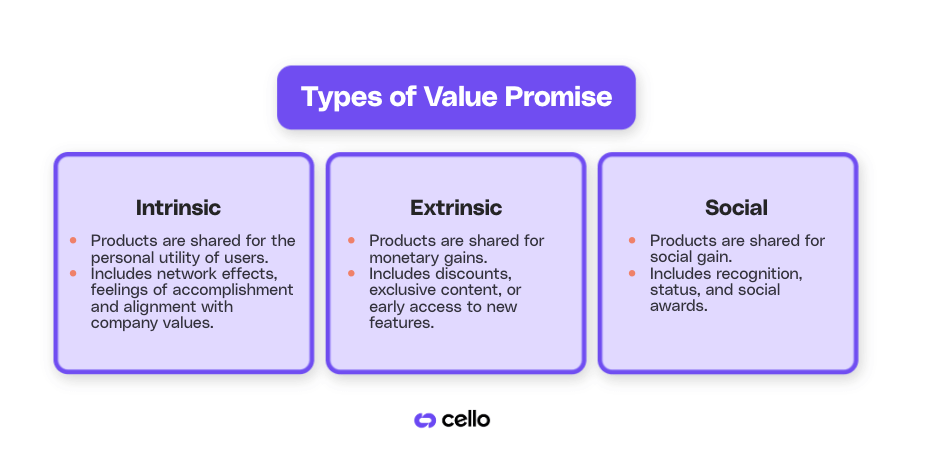
These include:
- Intrinsic: users share the product for personal utility. This dynamic originates from network effects, which make a product better the more people are using it. Intrinsic incentives may entail entertainment, flexibility, information, time and improved communication. They could also refer to feelings of accomplishment and alignment with the company's values and goals.
- Extrinsic: users share the product for monetary gains. This often involves elements of gamification or rewards to encourage users to spread the word. By offering incentives such as monetary rewards, discounts, exclusive content, or early access to new features, companies can motivate users to become brand ambassadors and actively participate in the viral loop.
- Social: users share the product for social gain, whether this be recognition, status, or social awards. The sense of belonging to a community and being part of something bigger than themselves can drive user engagement and loyalty. This further fuels the organic growth of the product or service.
The power of organic viral loops
Organic viral loops have the potential to revolutionize marketing strategies. This is because they enable businesses to tap into the limitless power of social influence.
By harnessing the interconnectedness of today's digital landscape, companies can benefit from an organic and scalable growth engine. This not only increases their reach but also strengthens their brand reputation.
Role in marketing
Organic viral loops play a pivotal role in modern marketing efforts. By encouraging users to become brand advocates and share their positive experiences with others, businesses can significantly expand their customer base at a fraction of the cost of traditional marketing methods.
Furthermore, these loops create a sense of authenticity and trust. This is because recommendations from friends and acquaintances carry more weight than paid advertisements.
Impact on business growth
For businesses seeking rapid growth, organic viral loops can be a game-changer. By leveraging the power of user-generated content and social sharing, companies can quickly generate mass awareness and attract new customers.
This accelerated growth not only boosts revenue but also creates a snowball effect, as the influx of new users fuels further organic sharing and adoption.
Moreover, organic viral loops can lead to extremely fast growth, at a very low cost, while producing fast results. As potential customers normally tend to respond to invites quickly, it is relatively easy to gather feedback on the effect of the loop and work on improving the cycle.
Creating successful organic viral loops
While organic viral loops hold immense potential, creating successful loops requires careful planning and execution. There are key elements that businesses must focus on to ensure the effectiveness of their viral loop strategy.
Key elements
First and foremost, businesses must have a product or service that delivers exceptional value and generates genuine enthusiasm among users.
Without a compelling offering, it is unlikely that users will willingly share it with others. Additionally, providing users with incentives, such as exclusive access, discounts, or rewards, can further motivate them to actively participate in the loop.
Strategies for building organic viral loops
Building a successful organic viral loop requires a multifaceted approach. Businesses need to incorporate strategies that encourage sharing and facilitate user engagement.
This can be achieved through the implementation of referral programs, social sharing buttons, or content that is easily shareable. Additionally, fostering a sense of community around the product or service can further amplify its virality as users feel a sense of belonging and actively vouch for the brand.
Distributor value
While there are different ways to build successful organic viral loops, a key factor is the role of the person sharing the product or service with their contacts. This person is also known as the distributor.
While the value and usefulness of a company's offering does not change depending on who is sharing the product, the quality of the referral is essential.

If a potential customer receives an invite from someone they do not sufficiently know or trust, they might be suspicious at first. Is the person genuinely interested in helping them out, or are they only sharing the invite to benefit from referral fees or similar incentives? The distributor value in this case is low.
Conversely, receiving an invite from a close contact that the potential customer trusts is much more likely to lead to a conversion. This is because there is a human element, which leads the customer to think the referrer is giving them a genuine recommendation which will benefit them. In this case, the distributor value is high.
As such, attracting high value distributors is important when crafting organic viral loops.
Measuring success
As with any marketing endeavor, measuring the success of organic viral loops is vital to refining and optimizing the strategy. By analyzing key metrics, businesses can gauge the effectiveness of their viral loops and make informed decisions on how to enhance or pivot their approach.
The K-Factor
When evaluating the success of organic viral loops, metrics such as referral conversion rates, user engagement, and customer acquisition costs can provide valuable insights.
However, the K-Factor is the most relevant metric. Also referred to as the viral coefficient, this value is calculated by multiplying the number of invites sent per new user, by the percentage of invites that convert to new customers:

Fundamentally, this number tells you how many new users will sign up for each new signup. It is challenging to have a K-Factor higher than 1, as there is lots of loss in the loop. As such, it helps to combine different loops.
Interpretation of results
It is essential to take a holistic approach, analyzing not only the quantitative data but also qualitative feedback from users. Dissecting the entire loop allows businesses to better understand where to make improvements.
At each stage, there is a risk of loss:
- When new users sign up, only a certain percentage converts to inviting other users.
- Different users invite different amounts of people, leading to a branching process.
- Depending on the tool used to invite other users, there is different deliverability.
- Of the invited users, only a certain percentage will convert into new users - the loop then starts again.

By combining these insights, businesses can gain a comprehensive understanding of the impact and effectiveness of their viral loop strategy.
Examples of organic viral loops
Google Workspace
The organic viral loop of Google Workspace operates through a natural, user-driven process that amplifies the product's adoption without traditional advertising.
When an individual or organization starts using Google Workspace tools like Docs, Sheets, or Slides, they often share documents or invite collaborators from outside their immediate circle to view or edit these documents.
This exposure introduces new users to the platform, who may then sign up for their own accounts to collaborate more effectively.
As these new users become familiar with the benefits and ease of use of Google Workspace, they, in turn, share documents or invite more collaborators, perpetuating a cycle of organic growth and adoption.
This viral loop is powered by the product's inherent value, ease of use, and the natural need for collaboration in professional and personal contexts, thereby expanding its user base without direct marketing efforts.

Slack
The organic viral loop of Slack functions through its collaborative nature and user-centric design, fostering a self-propelling mechanism of growth and adoption.
When a team or organization adopts Slack for communication, members quickly experience the platform's benefits in streamlining conversations, organizing channels, and integrating with other tools.
As individuals see the value in Slack's efficient communication, they're likely to recommend it to other teams or organizations they interact with.
Furthermore, when external collaborators, such as clients or partners, are invited to join specific channels or workspaces for a project, they get firsthand experience with Slack.
This exposure often leads to these external collaborators adopting Slack for their own teams, initiating a new cycle of the viral loop.
This process is organic and user-driven, heavily relying on the platform's ability to enhance communication and project management, which in turn encourages new users to adopt Slack based on positive experiences rather than through direct marketing or advertising efforts.
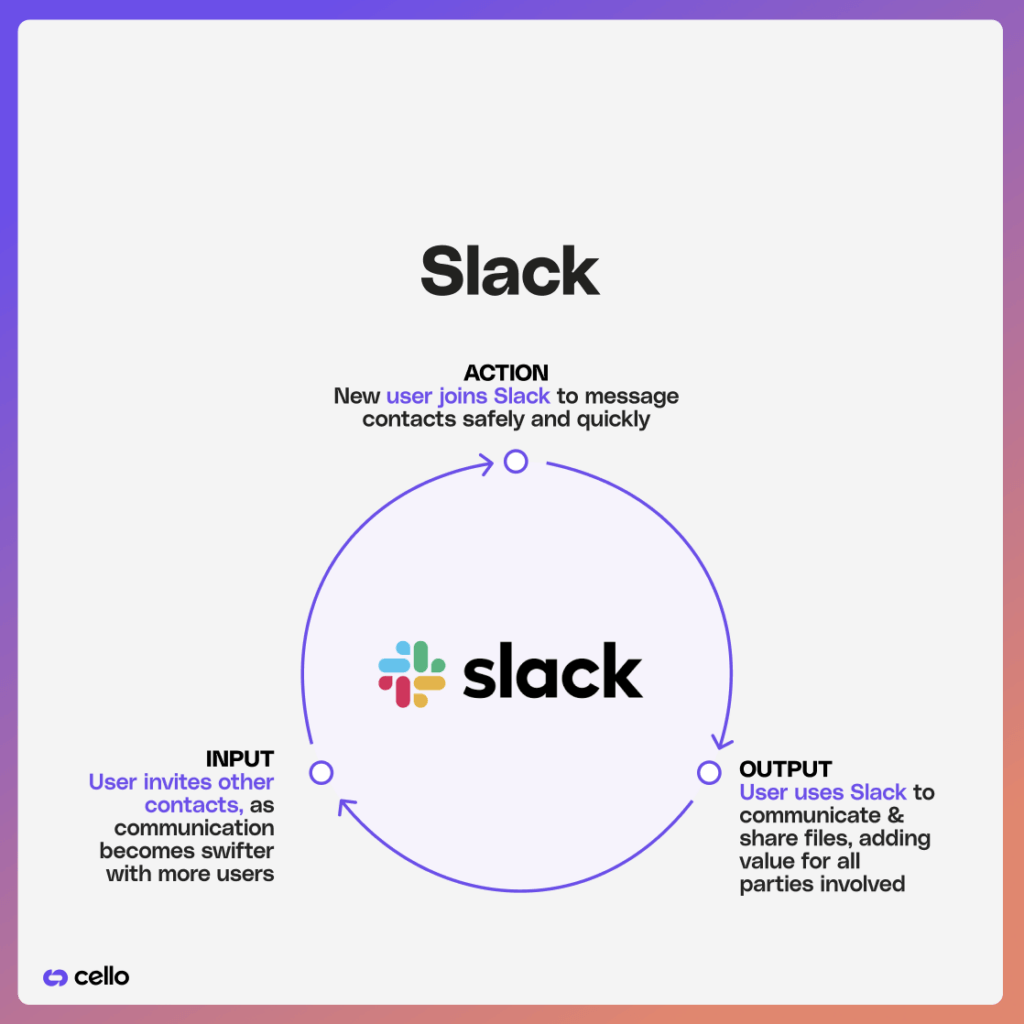
Overcoming challenges
The potential benefits of organic viral loops are tremendous. Nonetheless, there are inherent challenges that businesses must be prepared to overcome in order to maximize their effectiveness.
Initiating a loop
Organic viral loops face substantial challenges in their initiation and sustainability. The hesitation among individuals to invite others to new products is a significant barrier, primarily due to concerns over spam and the overwhelming presence of competing products and services in the market.
The sheer abundance and variety of alternatives available make it increasingly difficult for any single product to stand out and maintain a sustainable viral loop. Potential customers may already have been exposed to several different products, making referrers hesitant to send more invitations.
Users, bombarded with options, are likely to be selective and skeptical, making the task of igniting organic, widespread adoption without significant initial incentives or differentiation a formidable challenge.

Common implementation pitfalls
One common pitfall is overreliance on viral elements. This includes relying on aspects such as gamification or gimmicks, without focusing on the core product or service value.
An overemphasis on virality may initially attract a large number of users. However, if the product fails to deliver on expectations, the loop will quickly die out.
Additionally, businesses must be mindful of maintaining the right balance between incentivizing users and ensuring that the loop remains organic and genuine.
Troubleshooting tips
If a viral loop is not gaining traction or fails to sustain its momentum, there are several troubleshooting tips that businesses can employ.
These include analyzing user feedback to identify pain points, optimizing the incentive structure, or exploring new channels for user acquisition.
Furthermore, fostering a culture of iteration and continuous improvement can ensure that the viral loop strategy remains adaptive and resilient.
Overall, organic viral loops have emerged as a powerful tool in the modern marketing landscape. They enable businesses to tap into the vast potential of social sharing and user advocacy.
By understanding their mechanics, leveraging key strategies, and measuring their impact, businesses can unlock the true power of organic viral loops and propel their growth to new heights.
Oversaturation
While organic viral loops can lead to rapid growth, there may come a time when users feel as if they have run out of people to invite, or that those they have invited are not interested in the product or service.
In such situations, companies can consider expanding their primary offerings. This could incentivise existing users to start inviting more users again, while perhaps appealing to the uninterested leads.
Combined with a focus on making the highest value distributors share the product or service, this is a good way to restart and boost the viral loop.
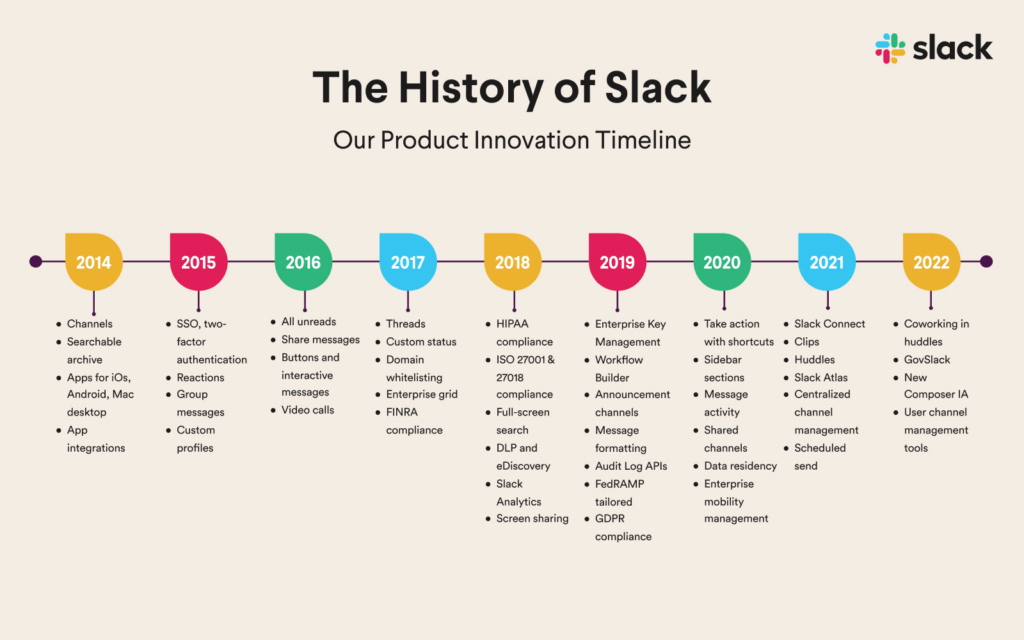
Transform your growth with Cello's referral programs
Ready to harness the power of organic viral loops and turn your users into a dynamic growth channel? Cello offers the perfect solution to integrate a peer-to-peer referral program into your SaaS product effortlessly. With minimal development time, zero payback period from the start, and impressive conversion rates, Cello propels your user-led growth to unprecedented levels. Experience seamless integration, frictionless sharing, automated rewards, and comprehensive management tools that make tracking your success simple. Join the ranks of companies like tl;dv who have skyrocketed their monthly referral signups using Cello. Embrace a success-based pricing model and robust compliance standards with a platform designed for your peace of mind. Don't miss out on the opportunity to see Cello in action and take the first step towards viral growth. Book a demo today and watch your business flourish.
Resources
Related Articles
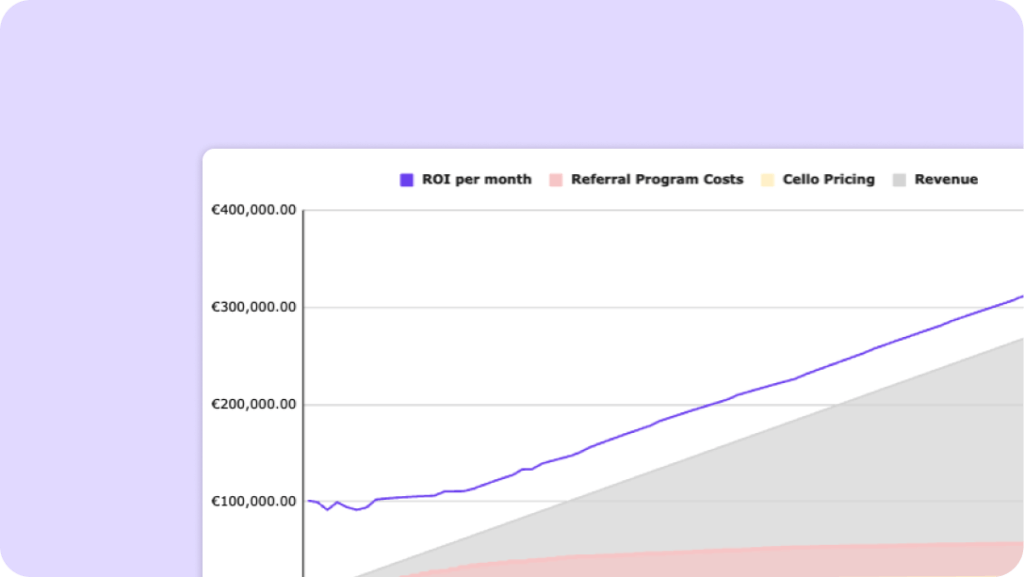
PLG SaaS Referral ROI Calculator
Learn how to estimate and prove the ROI of your PLG Referral Program

Complete Guide to your Affiliate Program for B2B SaaS
Learn how to get started with affiliate referral programs for B2B SaaS. Understand if affiliate ...
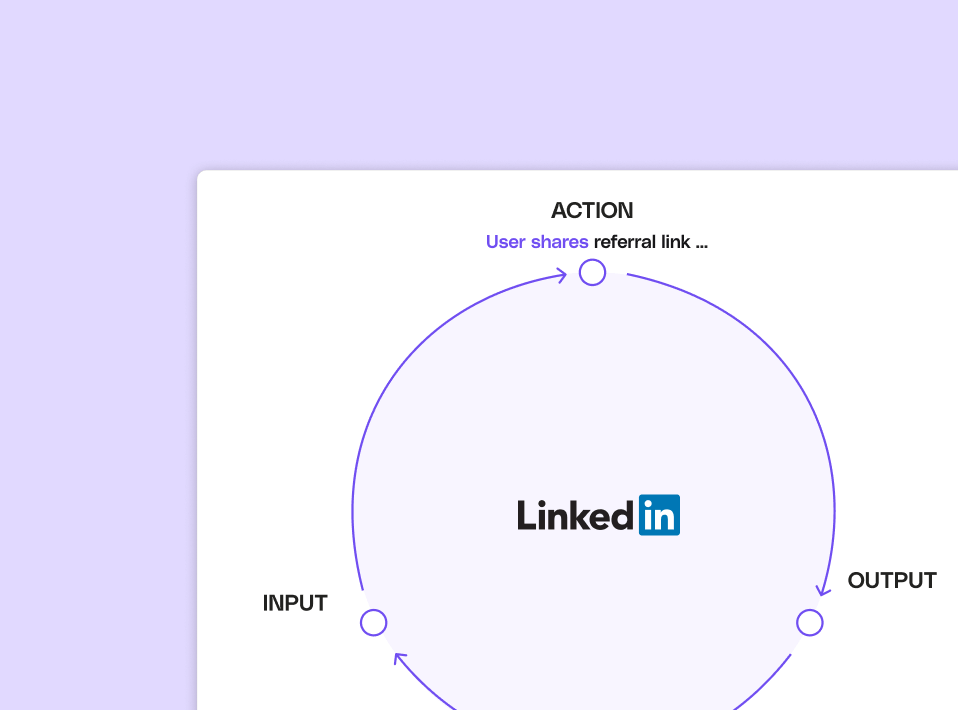
Referral Fees: A Comprehensive Guide
Learn how to boost your sales with powerful referral fee strategies. Discover proven tactics to ...

